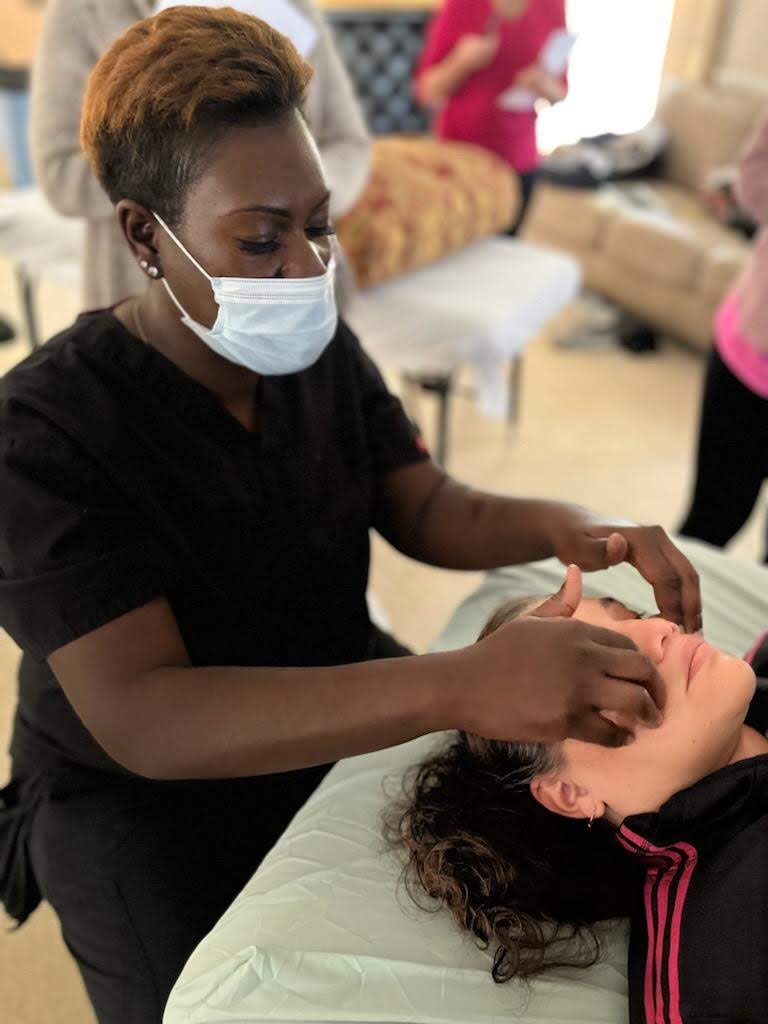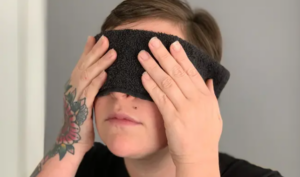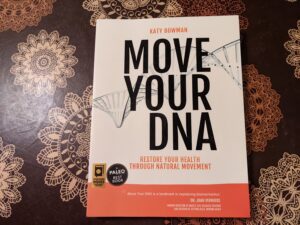If you’ve ever heard anyone say “I have TMJ”, it’s a bit of a misnomer because TMJ actually is an acronym for temporomandibular joint, which is the anatomical term for the joint where the mandible (jaw bone) and the temporal bone (bone in the skull) are located. The true term for problems with the joint is TMJD or TMD, the D standing for disorder.
Pain and problems with TMJ can arise from many issues, even postural issues. The most common cause of TMD is grinding or clenching the teeth, which a lot of people do in response to stress. There can be many other reasons for jaw pain, and in some cases the misalignment or inflammation is so great that it restricts opening and closing the mouth and interferes with chewing food.
Your dentist or doctor can do a thorough assessment of your condition. Often dentists will advise patients to wear a night guard, a plastic device that sits between the teeth to prevent someone from grinding their teeth at night. Some people grind so much that it wears away tooth enamel and causes teeth to crack. It can become a very serious and costly problem.
A massage therapist trained in TMD therapy can help retrain muscles and fascia around the TMJ to help alleviate pain and prevent more serious problems. Some massage therapists are trained only to work externally around the face, neck and head. Some are also trained to work intraorally. There are techniques that can help release chronic tension in the muscles in the cheeks and face and relieve pain and discomfort associated with TMD.
Receiving TMD therapy can also help people with anxiety and sleep disorders to reprogram their nervous system, giving their body and mind a different message, encouraging calm and ease throughout the body. There are also lots of ways you can notice your TMJ and take a few moments each day to exercise and stretch the muscles around your jaw. Take a few minutes to follow the video below and find a sense of freedom in your jaw!




